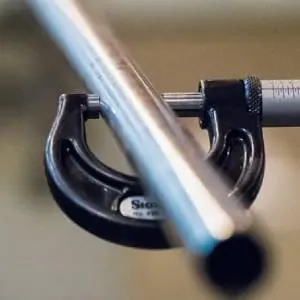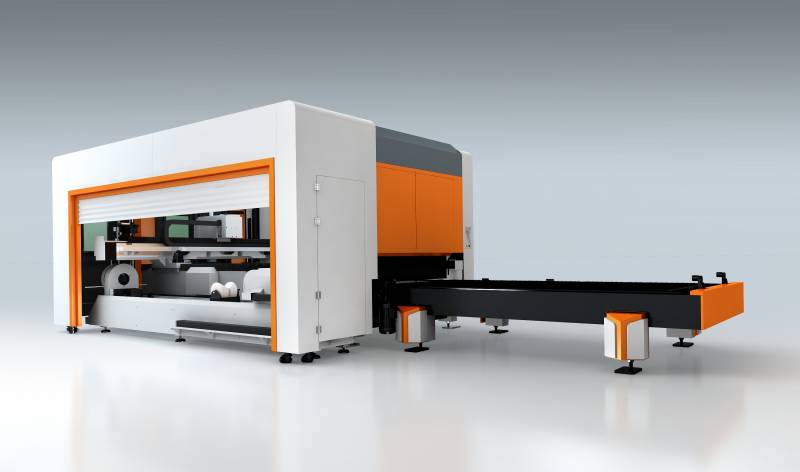
Revolutionizing Manufacturing: The Advantages of High Speed Industrial Laser Cutting Machinery for Precision and Efficiency in Modern Industries
In the rapidly evolving world of manufacturing, technological advancements have been pivotal in enhancing efficiency, precision, and productivity. Among these innovations, high-speed industrial laser cutting machinery stands out as a game-changer. This technology, which utilizes concentrated beams of light to cut and engrave materials with incredible precision, has transformed the way industries operate. In this article, we will explore the myriad advantages of high-speed industrial laser cutting machinery, its applications across various sectors, and the future it heralds for manufacturing.

Revolutionizing Manufacturing: The Advantages of High Speed Industrial Laser Cutting Machinery for Precision and Efficiency in Modern Industries
At its core, high-speed laser cutting machinery functions by directing a high-powered laser beam onto a workpiece, typically made of metal, plastic, or wood. The laser’s intense energy melts, burns, or vaporizes the material, resulting in precise cuts that are not only clean but also accurate to minute specifications. This level of precision is revolutionizing industries such as automotive, aerospace, and textiles, where even the slightest margin of error can result in significant financial losses or compromised safety.
One of the foremost advantages of high-speed industrial laser cutting machinery is its efficiency. Traditional cutting methods often involve lengthy setup times and the need for multiple machines to handle different tasks. In contrast, laser cutting systems are highly versatile, capable of executing a wide range of cutting, engraving, and marking operations on various materials—all within a single setup. This not only streamlines production processes but also minimizes downtime, ultimately leading to higher throughput and reduced operational costs.
Moreover, the speed of laser cutting is unmatched. With the ability to cut through thick materials at a rate several times faster than conventional cutting methods, industries can execute large orders with minimal waiting time. This rapid processing capability aligns perfectly with the modern manufacturing push towards just-in-time (JIT) production models, where the emphasis is placed on reducing inventory costs by producing only what is needed, when it is needed.
In addition to speed and efficiency, high-speed industrial laser cutting machinery offers unparalleled precision and quality. The laser’s focused beam can easily achieve intricate designs and fine details that traditional mechanical cutting tools may struggle to reproduce. This precision not only enhances the aesthetic quality of the final product but also ensures tighter tolerances, which is crucial in industries like aerospace and medical device manufacturing, where part integrity and accuracy are paramount.
Another significant benefit of laser cutting technology is its reduced material waste. As the laser cuts the material along the intended path without the need for additional tools, there is a reduced likelihood of errors that can lead to costly scraps. Furthermore, the narrow kerf (the width of the cut) produced by laser cutting means that more material can be utilized from a single sheet, which is especially beneficial for expensive materials.

Revolutionizing Manufacturing: The Advantages of High Speed Industrial Laser Cutting Machinery for Precision and Efficiency in Modern Industries
The adaptability of high-speed industrial laser cutting machines speaks volumes about their potential across various industries. Beyond traditional uses in metal fabrication and woodworking, laser cutting technology has found applications in sectors such as fashion, electronics, and even healthcare. For example, textile manufacturers use laser cutting for custom patterns and designs that were previously labor-intensive and time-consuming. In electronics, laser cutting allows for the precise fabrication of circuit boards, ensuring that even the most complex designs can be efficiently produced.
However, with all advancements come challenges. The initial investment required for high-speed laser cutting machinery can be substantial, and companies must also invest in training personnel to operate and maintain such sophisticated equipment. Additionally, safety measures must be prioritized, as the high-intensity lasers demand stringent operational protocols to prevent accidents.
In conclusion, high-speed industrial laser cutting machinery is a pivotal technology reshaping the landscape of manufacturing. Its ability to combine speed, precision, efficiency, and versatility makes it a crucial tool for industries aiming to stay competitive in a fast-paced market. As technology continues to advance, we can expect even greater innovations in laser cutting systems, further enhancing their capabilities and expanding their applications. For businesses looking to optimize their production processes, investing in high-speed industrial laser cutting machinery is not just an option; it is becoming a necessity in the push towards a more efficient and precise manufacturing future. Fiber Laser Cutter For Jewelry




